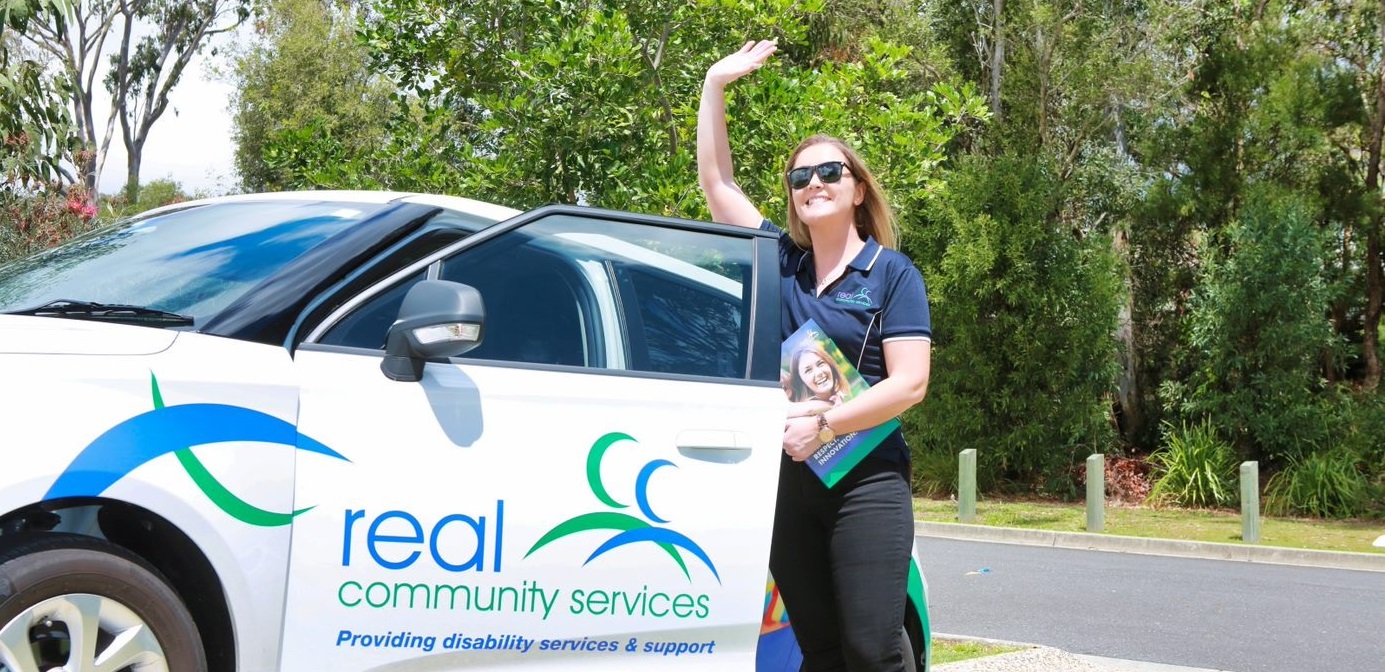NDIS Funding & The Affordability of Disability Services
The author, Gabriela Di Perna, principal at Baxter Lawley, writes that “…not-for-profit disability services providers in Australia are being left wondering if they can afford to be true to their mission”, and that sooner or later “…government will have to pay the true cost of service”.
What the disability sector has to grapple with is that this is a national scheme that is as complicated and diverse as the services that it aims to deliver. The National Disability Insurance Scheme (NDIS) now provides individualised funding for people with a disability, allowing them to exercise more choice and control over whom, how and when they source the items that help them achieve the lifestyle closest to what they wish for, more than they ever have had before.
For far to long, the disability sector has been unregulated and cost of service provision has been funded to what the ‘missions’ state are the needed costs. However this is a new world and cost cutting is needed for efficiency. If we are providing funding to assist people to be supported, then we should have been efficient to start. Services are amalgamating to share resources, capitalise on market penetration and reduce duplication, alongside restructuring of particularly middle and top management positions that were paid comparatively handsomely but not significantly contributing to any real tangible outcomes for clients.
The article details that “The National Performance Benchmark Project led by Professor David Gilchrist and Penny Knight has been monitoring and reporting on change within the disability sector in Australia since 2015. The study records the financial performance of 150 organisations across Australia and shows that profit margins are low or non-existent for about half of all organisations. Profit is critical to sustainability and for organisations to change to meet NDIS requirements”.
What is not explained is that the profitability of these organisations was like this way before the NDIS came into play. I can recount story after story where services were spending up big at the end of each Financial Year to ensure all the money was used otherwise they wont get it back. New desks, new vehicles, telephone and information technology equipment etc. Rarely would we hear anyone saying ‘lets put it back into the service provision’, because as it was already allocated to Operational Expenses in the budget. Now Operational Expenses are finite, we hear complaints particularly amongst the Not For Profit Services whom get significant concessional contributions and tax relief as compared to ‘For Profit’ who despite getting the same dollar per hour of delivery for a client, can make it work and still pay taxes to the Office of State Revenue for no-sense taxes (SPT etc etc)
The question should not be “why should mission-centric service providers be forced to absorb the gap between their target price and the achievable price under the NDIS, and in doing so, risk the sustainability of their organisations?”, it should be why should mission-centric service providers continue to be allowed to trade if they can not sustain how they manage their services when others can?
The people and organisations in the disability sector were provided training and education on how to understand what a unit cost is through the National Disability Services Costing and Pricing Education Series across Australia and Online (mind you at tax payers cost). If these people were running companies managing hundreds of millions of dollars in funding, how on earth did they, boards included, not understand what their cost per unit was and how to reduce it so that the consumer was getting best dollars for the tax money spent…? Like really? Perhaps we start there to understand why they are unable to get costs down to a manageable and affordable rate?
Trevor Green / Company Director
Real Community Services
















